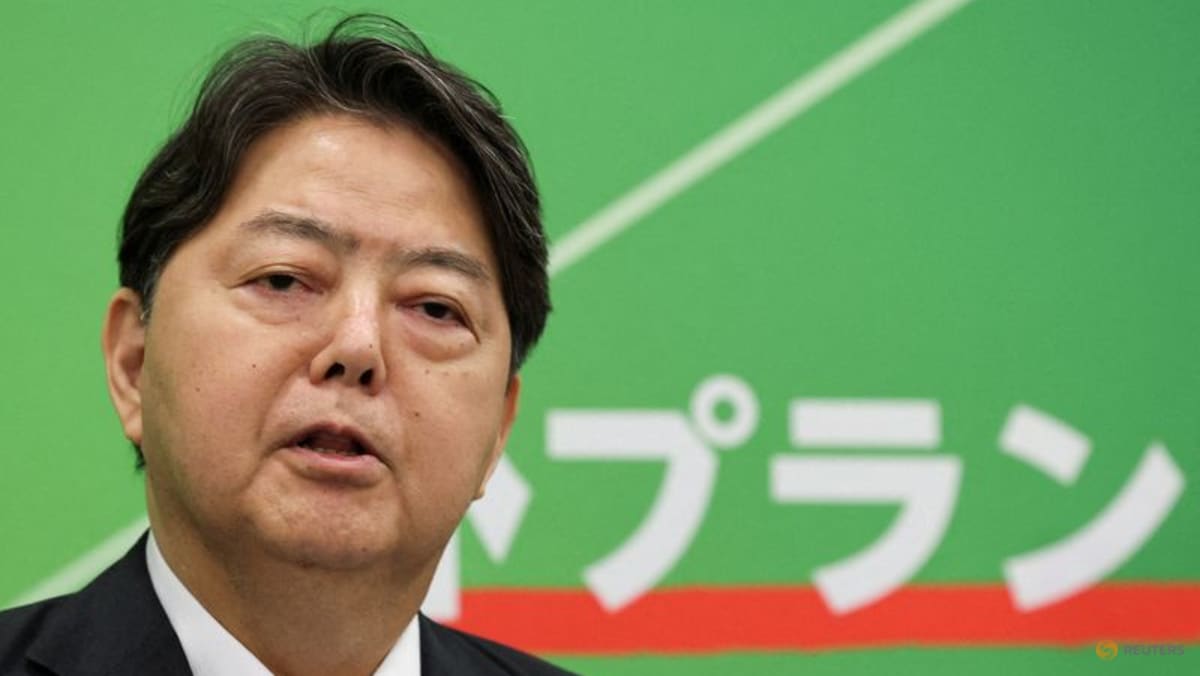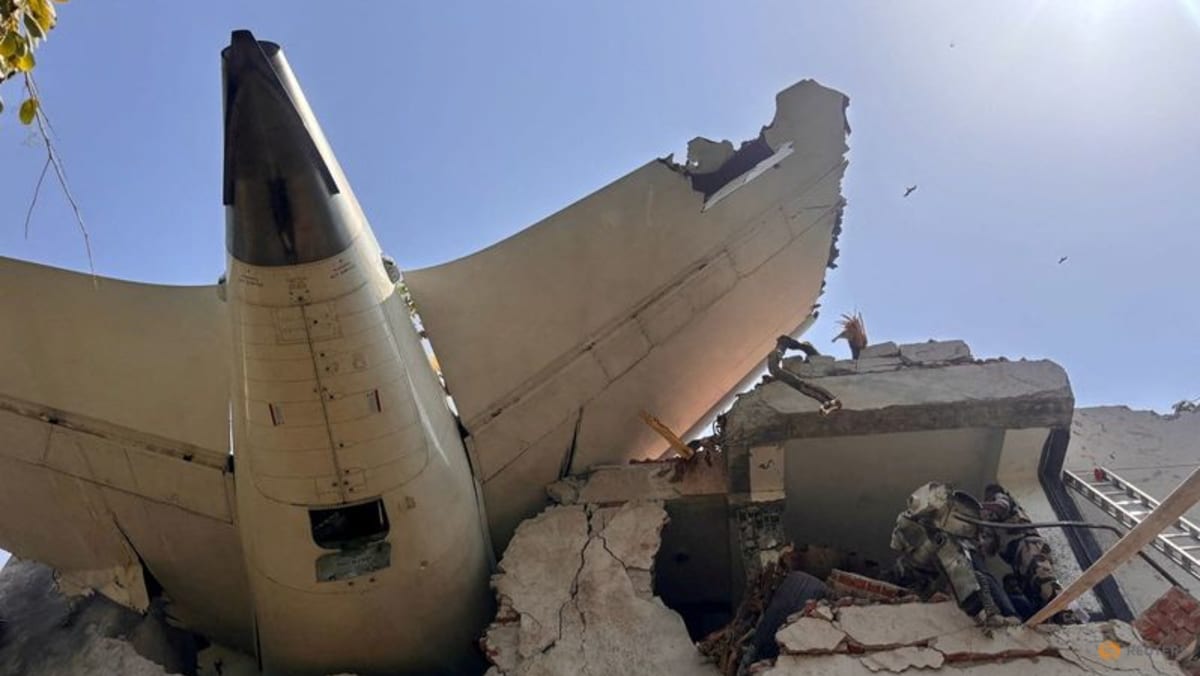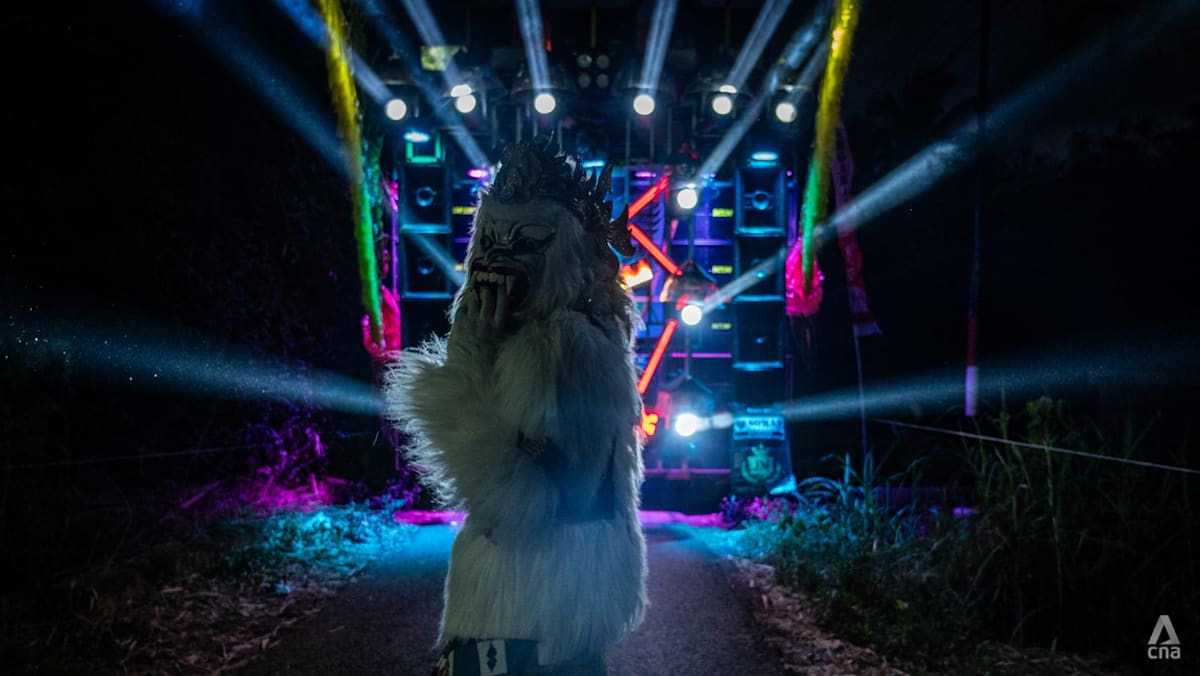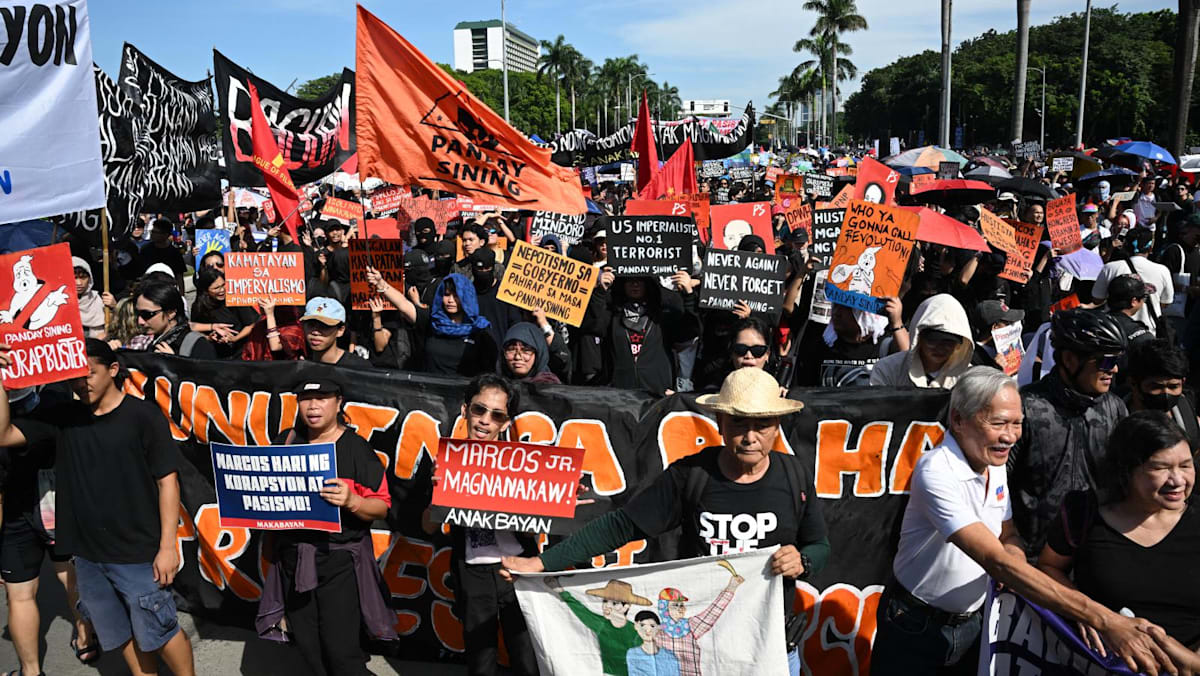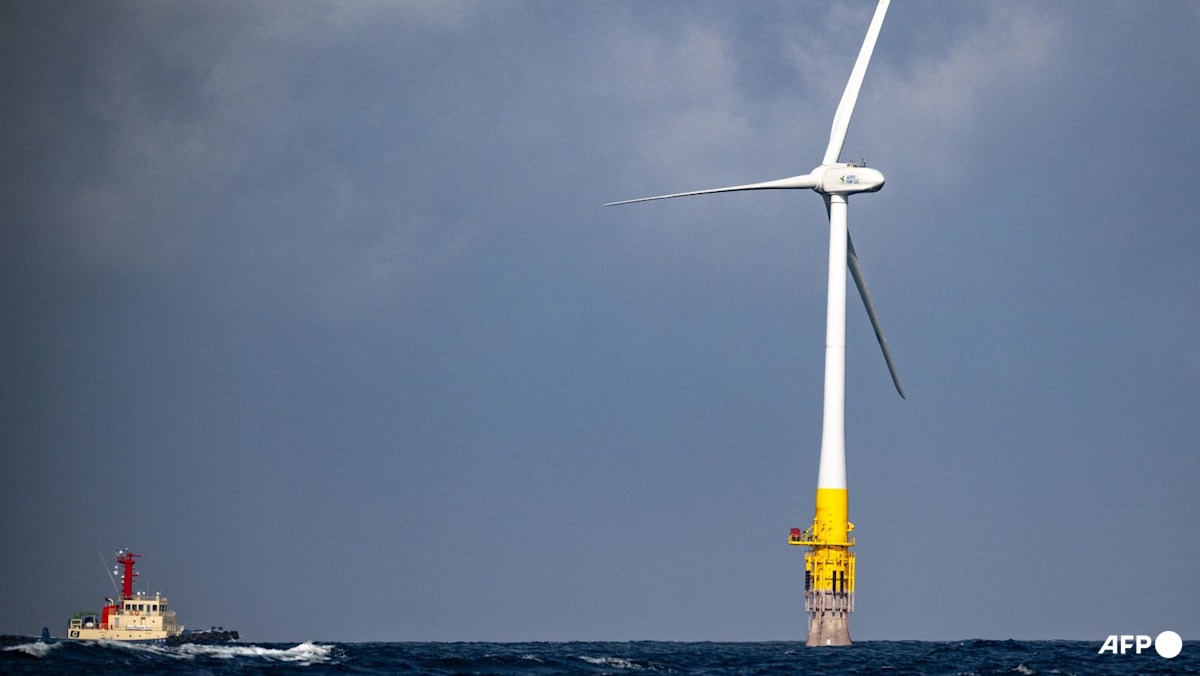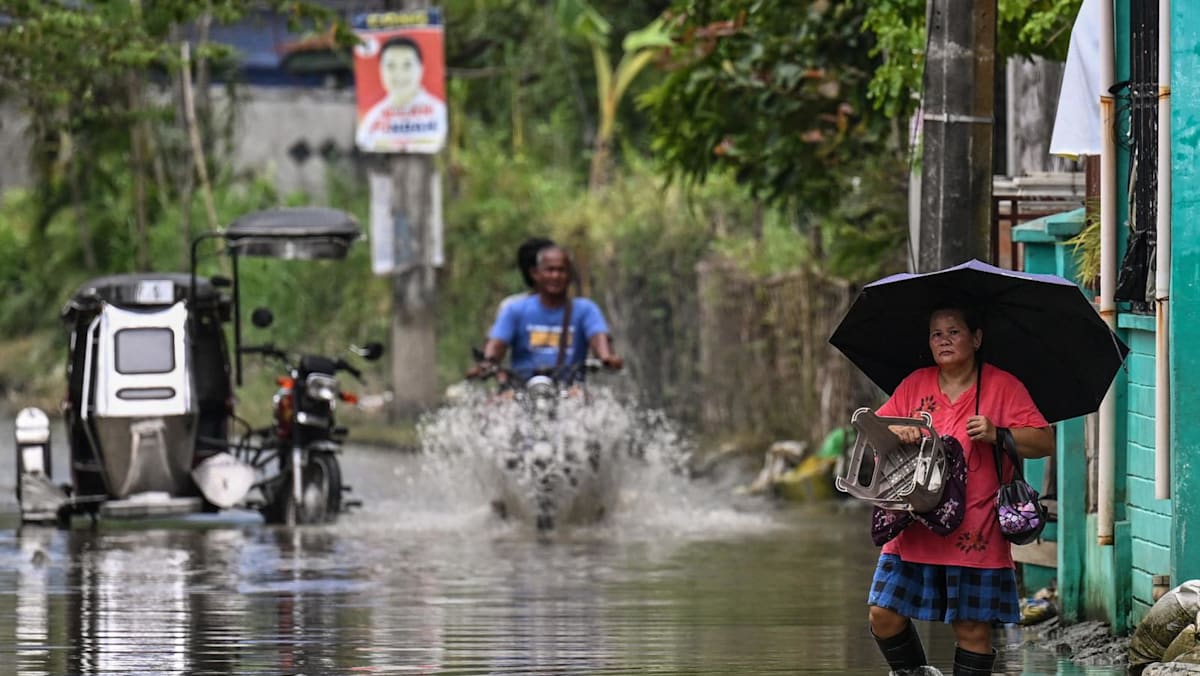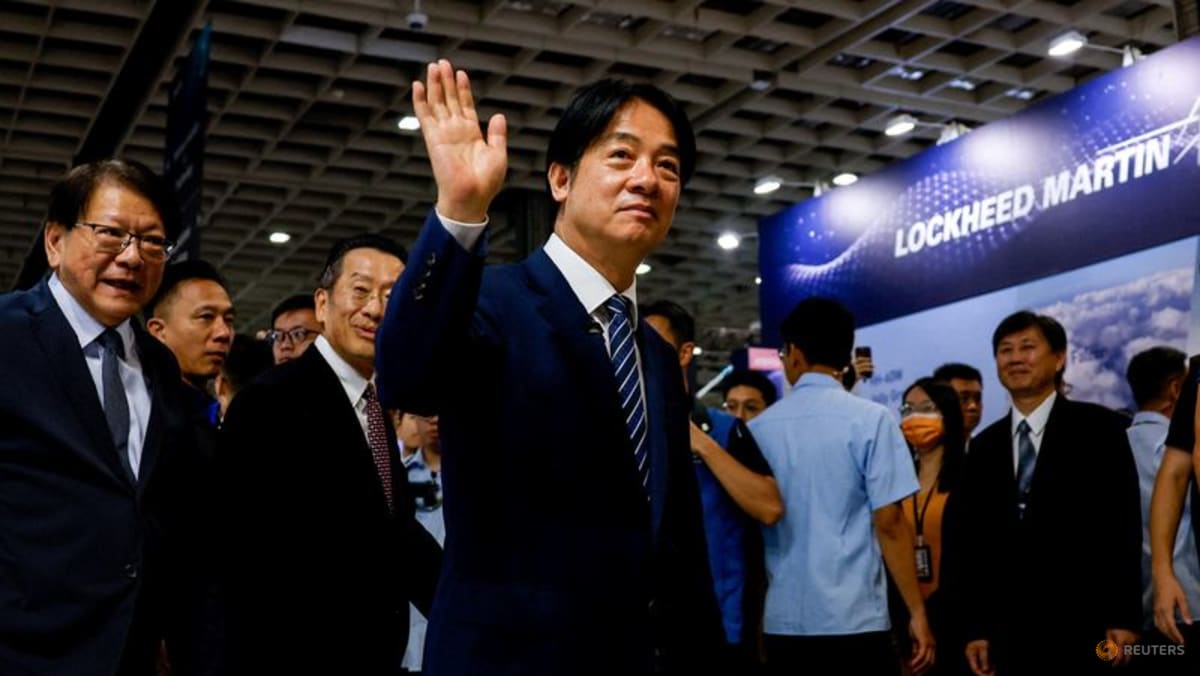WHAT ARE FUEL SWITCHES?
Fuel switches regulate fuel flow into a plane’s engines. They are used by pilots to start or shut down engines on the ground or to manually shut down or restart engines if an engine failure occurs during a flight.
There are independent power systems and wiring for the fuel cutoff switches and the fuel valves controlled by those switches, according to US aviation safety expert John Cox.
Aviation experts say a pilot would not be able to accidentally move the fuel switches that feed the engines. But if moved, the effect would be immediate, cutting off engine power.
“If they were moved because of a pilot, why?” asked US aviation safety expert Anthony Brickhouse.
The switches flipped a second apart, the report said, roughly the time it would take to shift one and then the other, according to US aviation expert John Nance. He added that a pilot would normally never turn the switches off in flight, especially as the plane is starting to climb.
WHERE ARE THE FUEL SWITCHES LOCATED?
The two fuel control switches on a 787, in Air India’s case equipped with two GE engines, are located below the thrust levers.
The switches are spring-loaded to remain in position. To change one from run to cutoff, a pilot has to first pull the switch up and then move it from run to cutoff or vice versa.
There are two modes: “Cutoff” and “run”.
At the crash site, both fuel switches were found in the run position, and there had been indications of both engines relighting before the low-altitude crash.
WHO WERE THE TWO PILOTS?
The commanding pilot of the Air India plane was Sumeet Sabharwal, 56, who had a total flying experience of 15,638 hours.
According to the Indian government, he was also an Air India instructor.
Sabharwal had called his family from the airport, assuring them he would ring again after landing in London, according to a Times of India report. A pilot who had briefly interacted with him told Reuters he was a “gentleman”.
His co-pilot was Clive Kunder, 32, who had 3,403 hours of total experience. Of that, 1,128 hours of experience were as a 787 co-pilot.
Since his school-going days, Kunder has been passionate about flying. In 2012, he began serving as a pilot, Indian media reported, citing his relatives. He joined Air India in 2017.
The preliminary investigation report did not identify which remarks were made by the flight’s captain and which by the first officer in the final moments.
It also did not state which pilot transmitted the mayday call just before the crash.
Air India acknowledged the report in a statement. The carrier said it was cooperating with Indian authorities but declined further comment.


